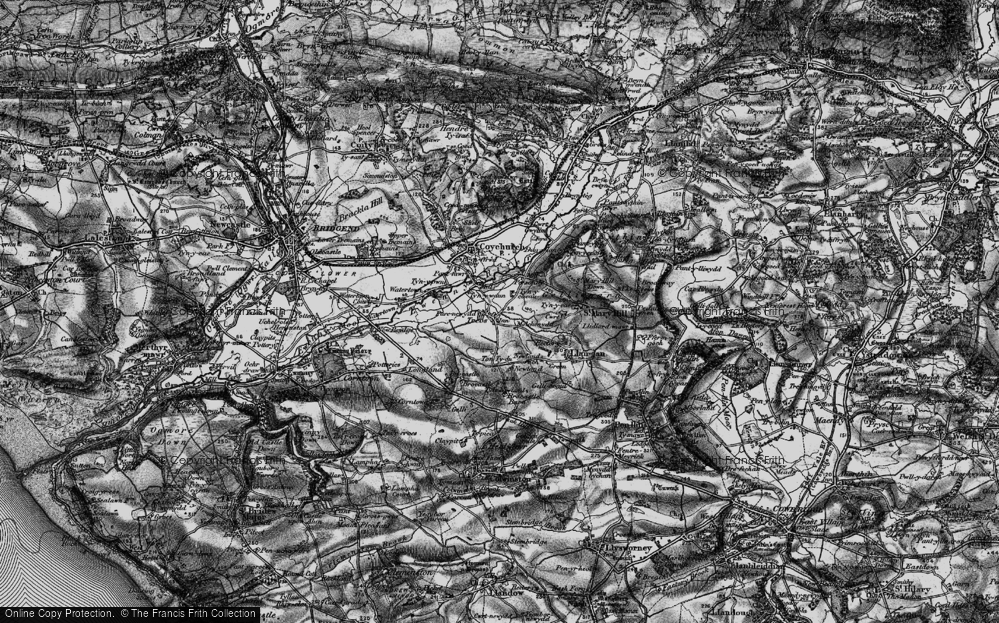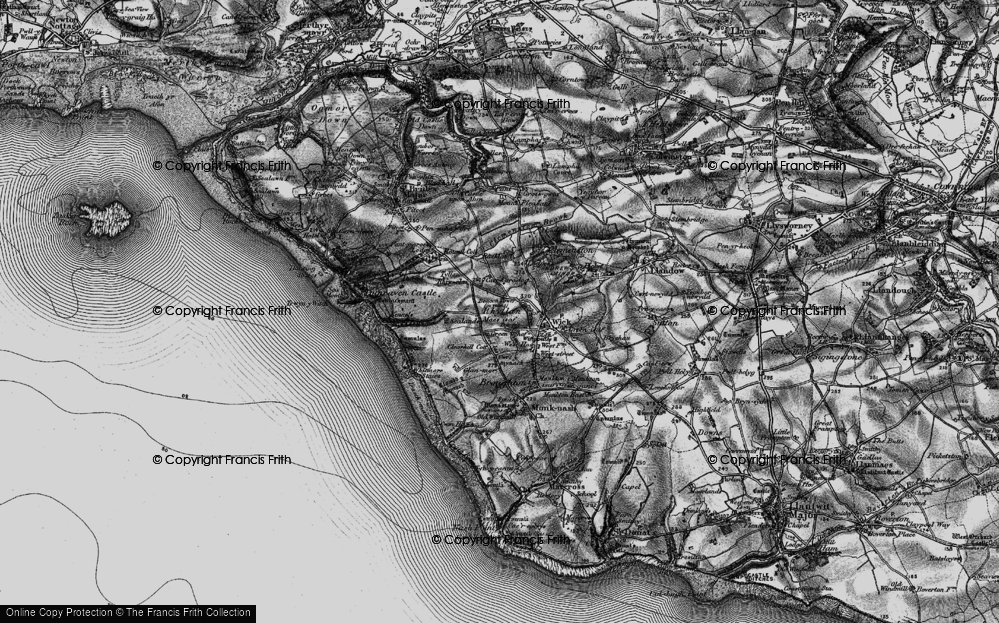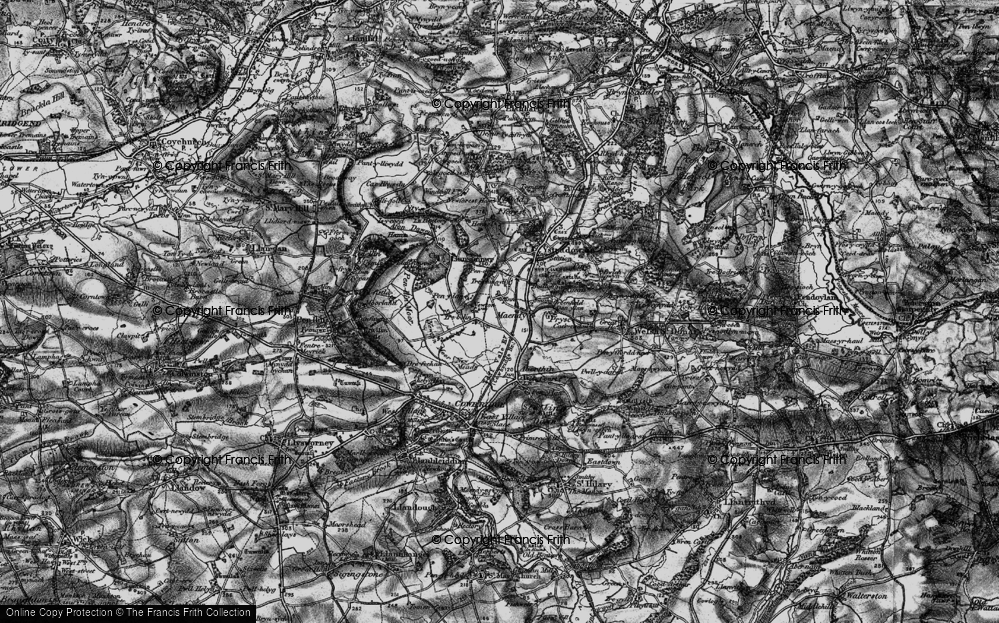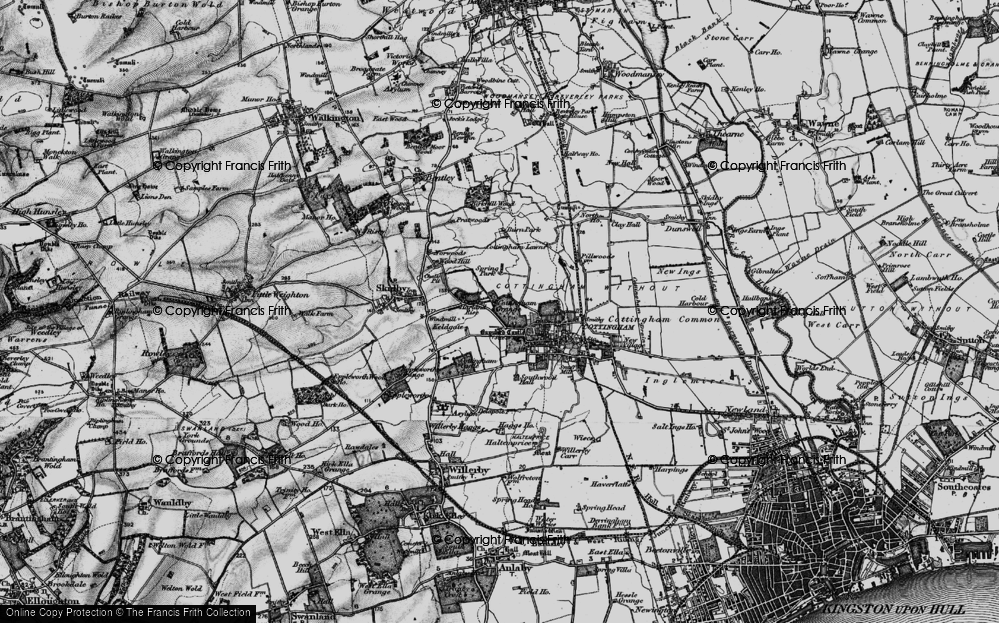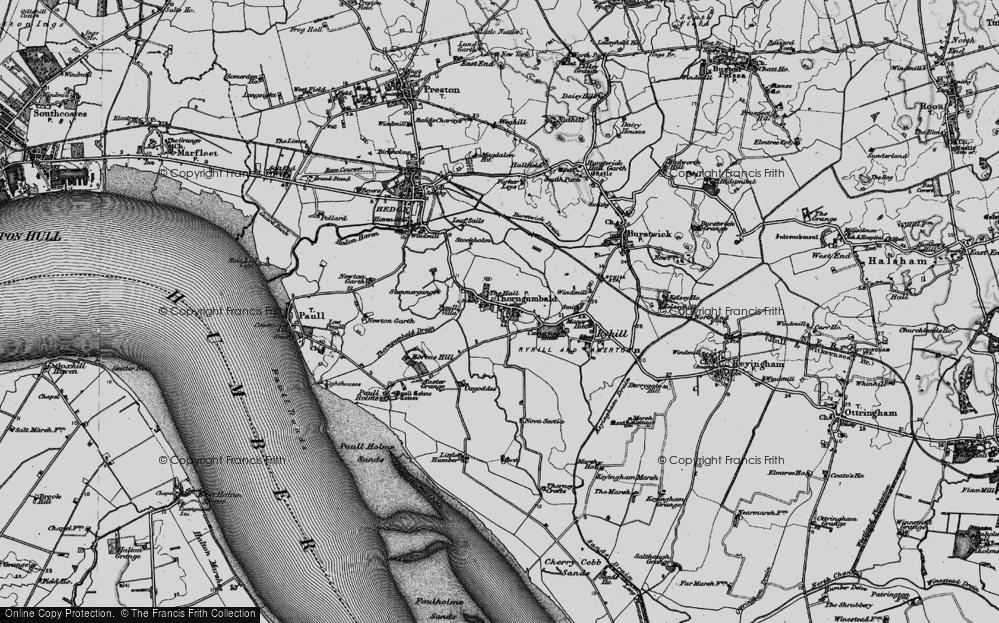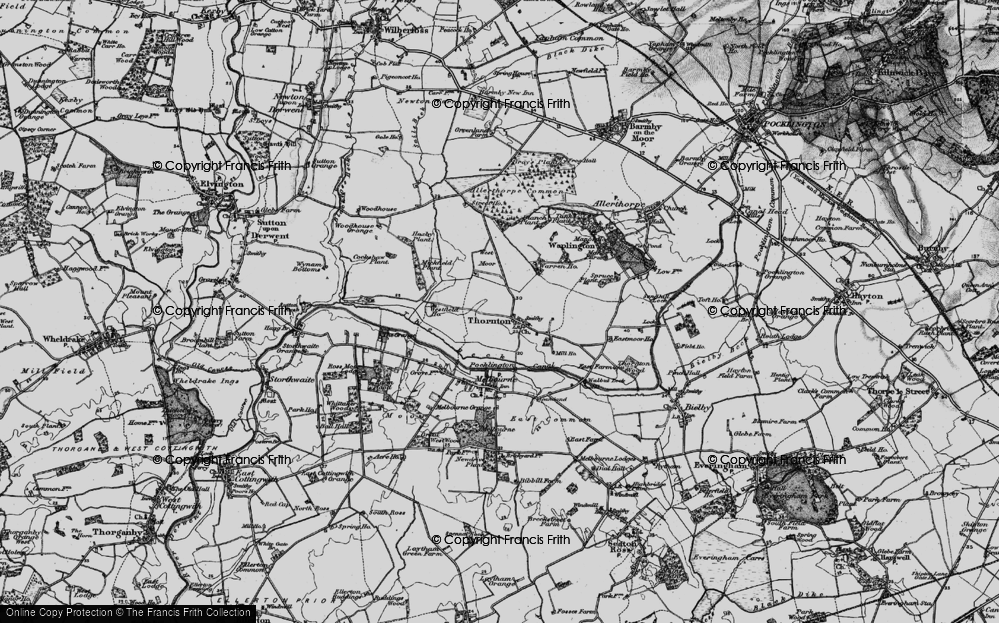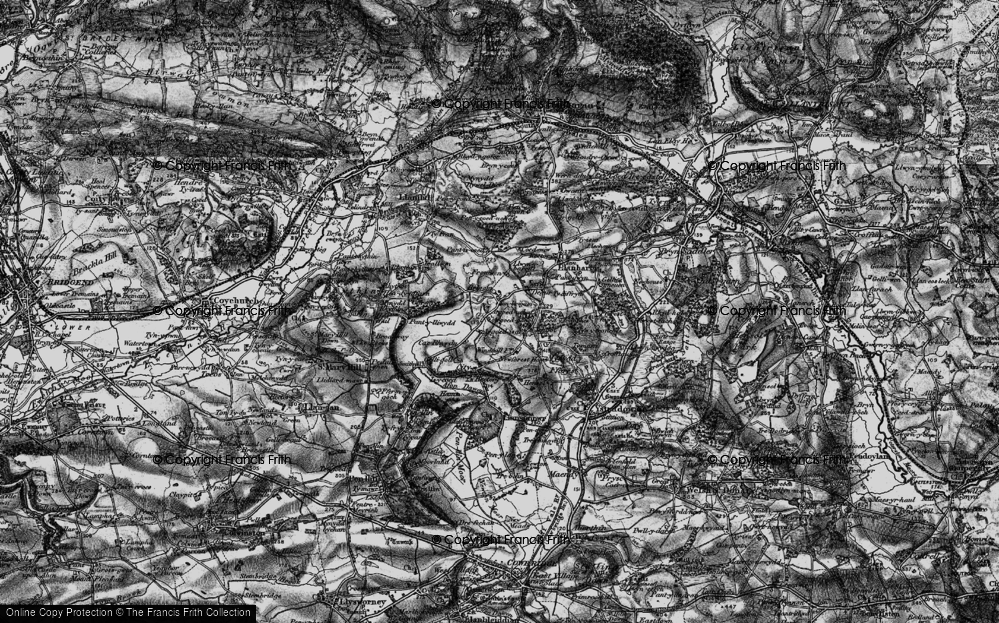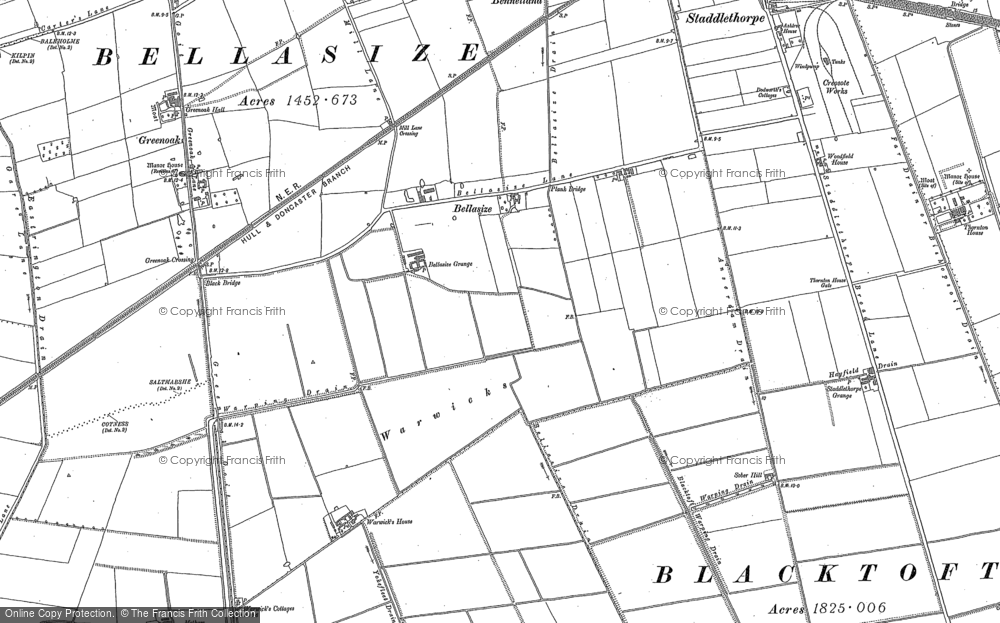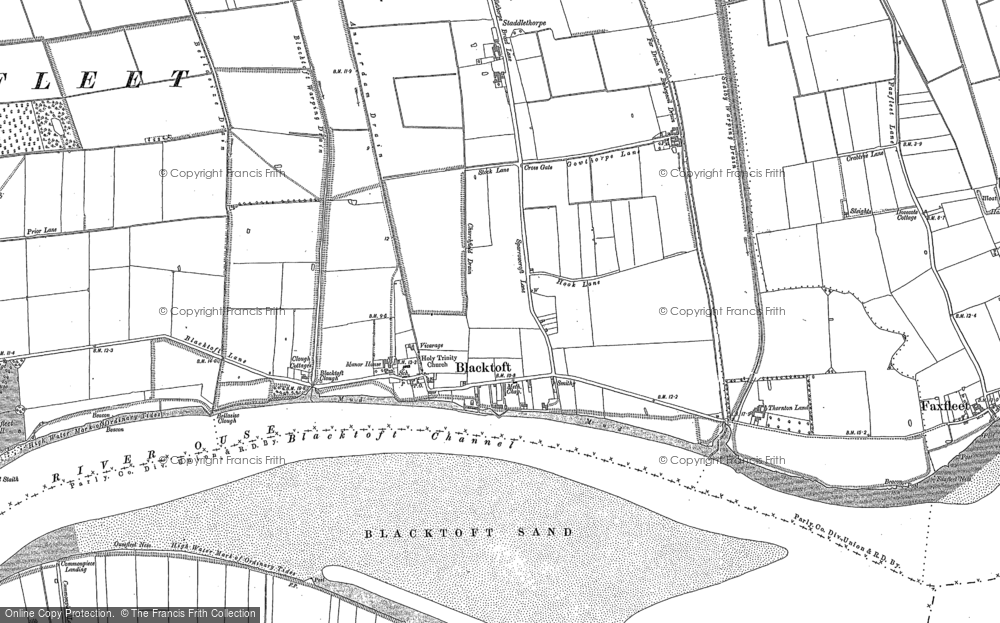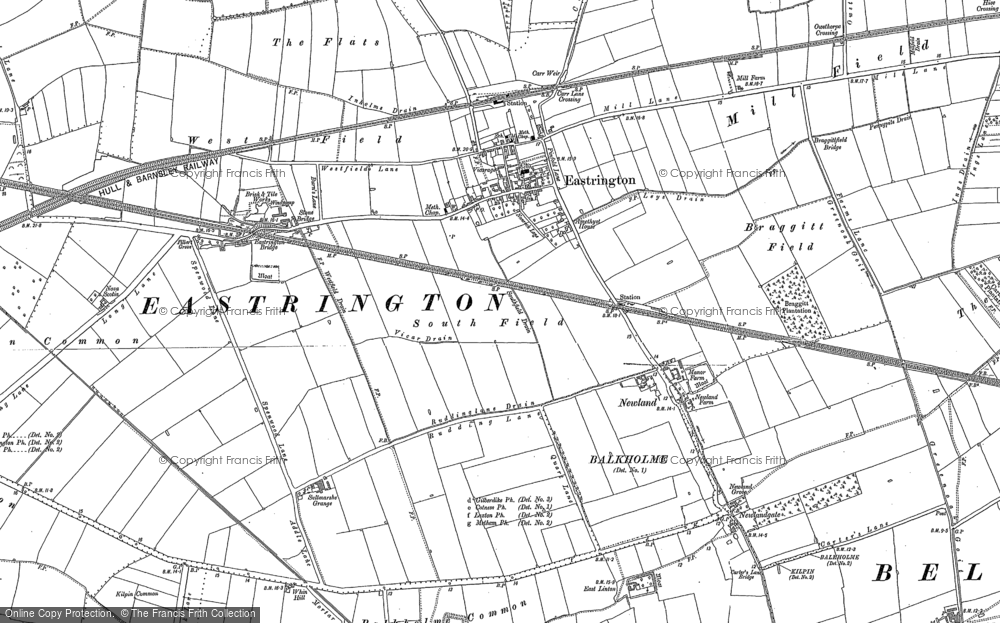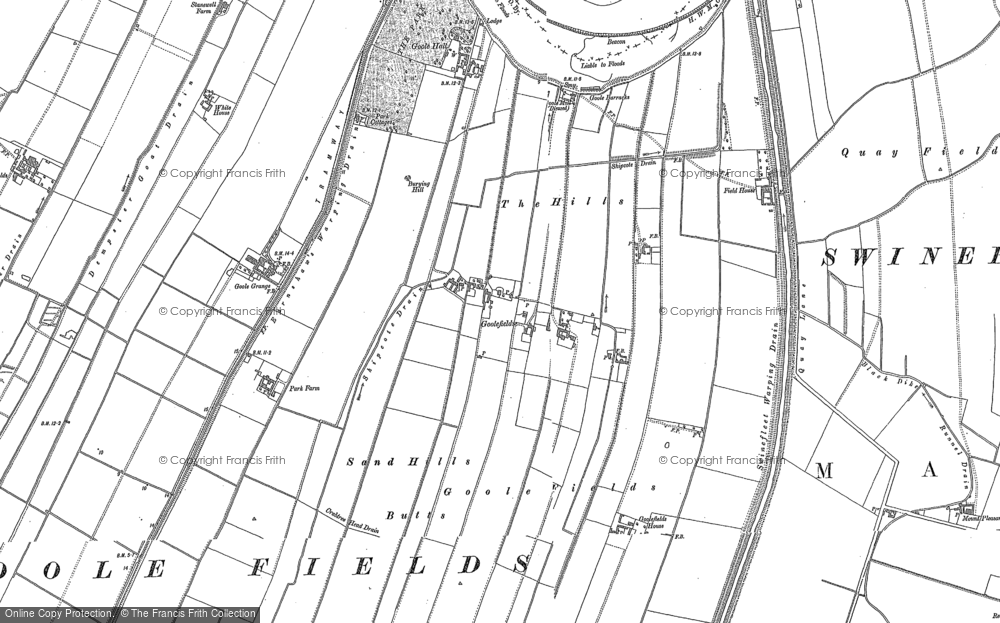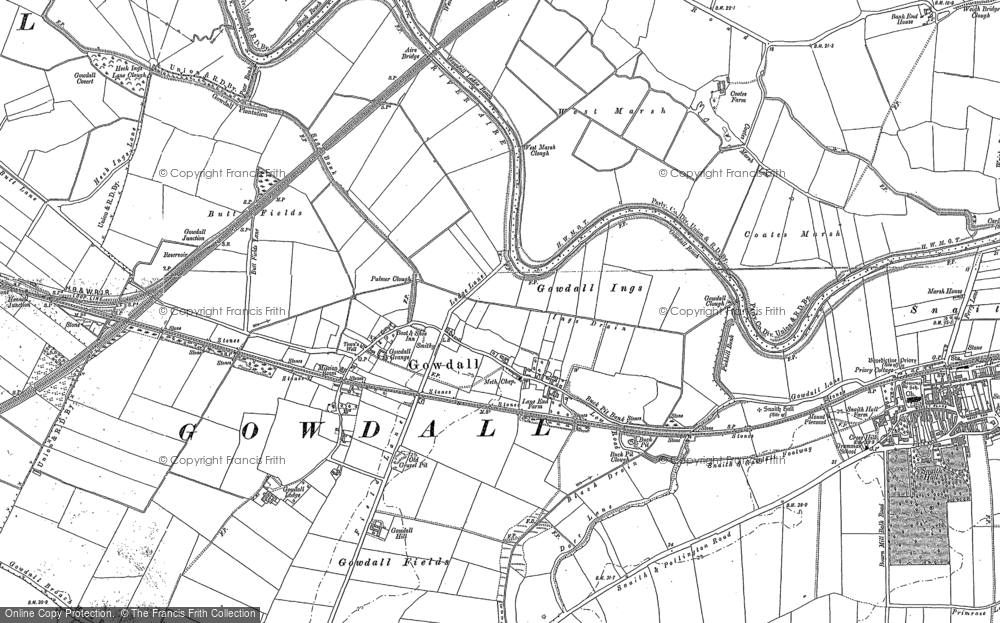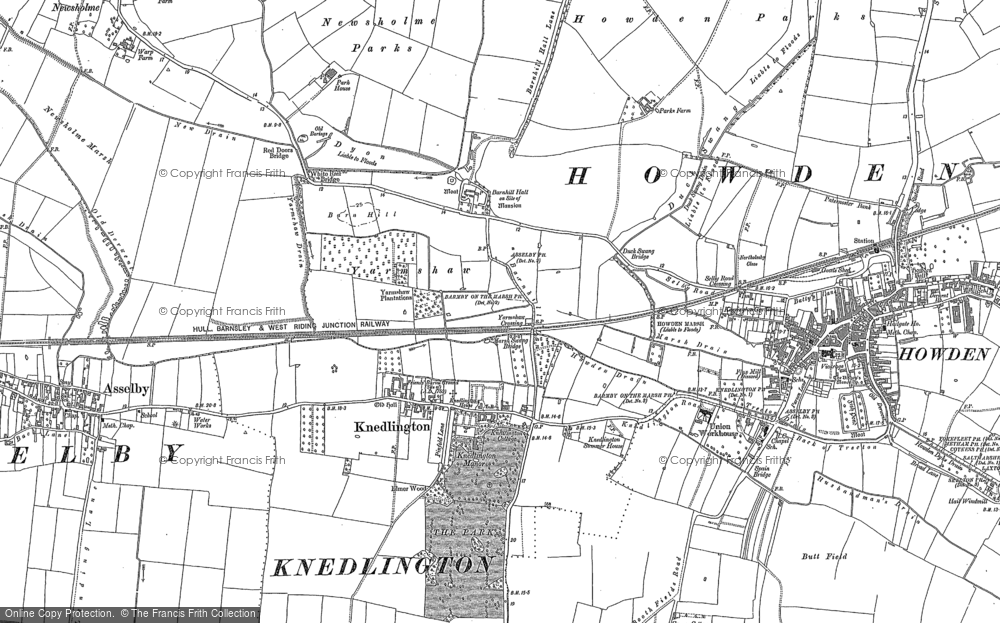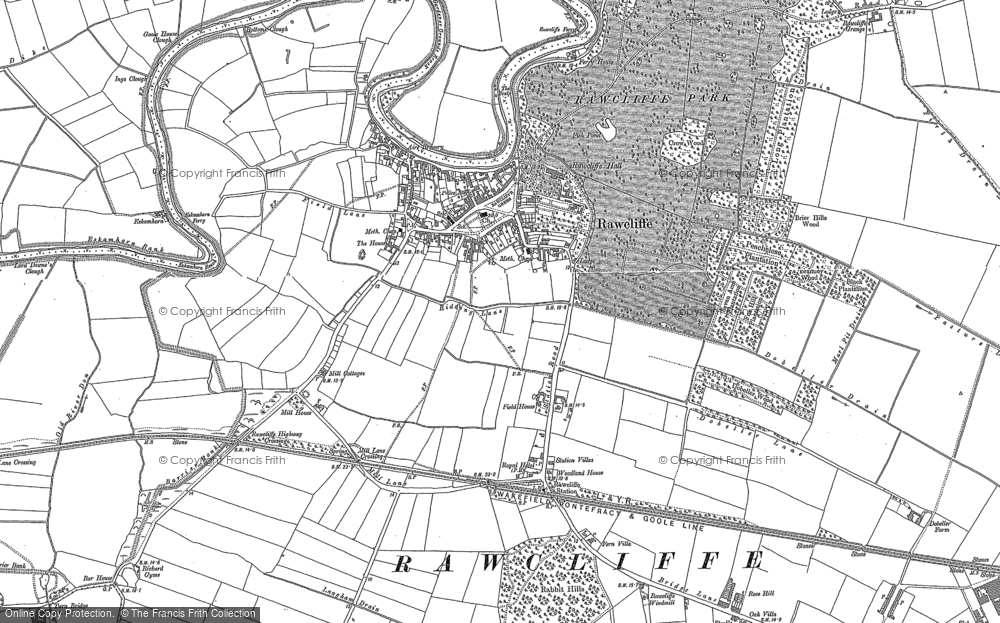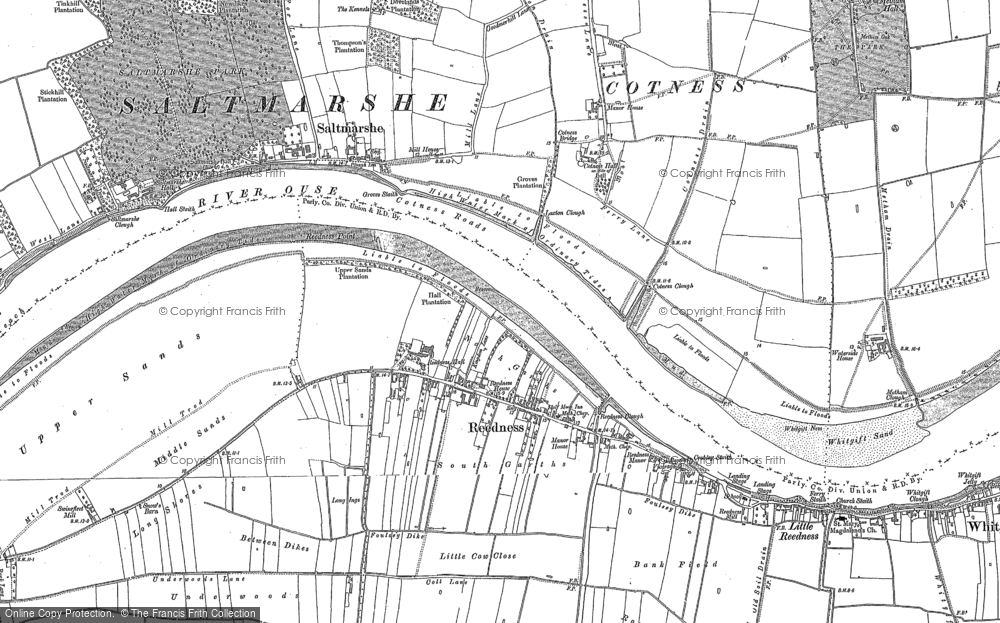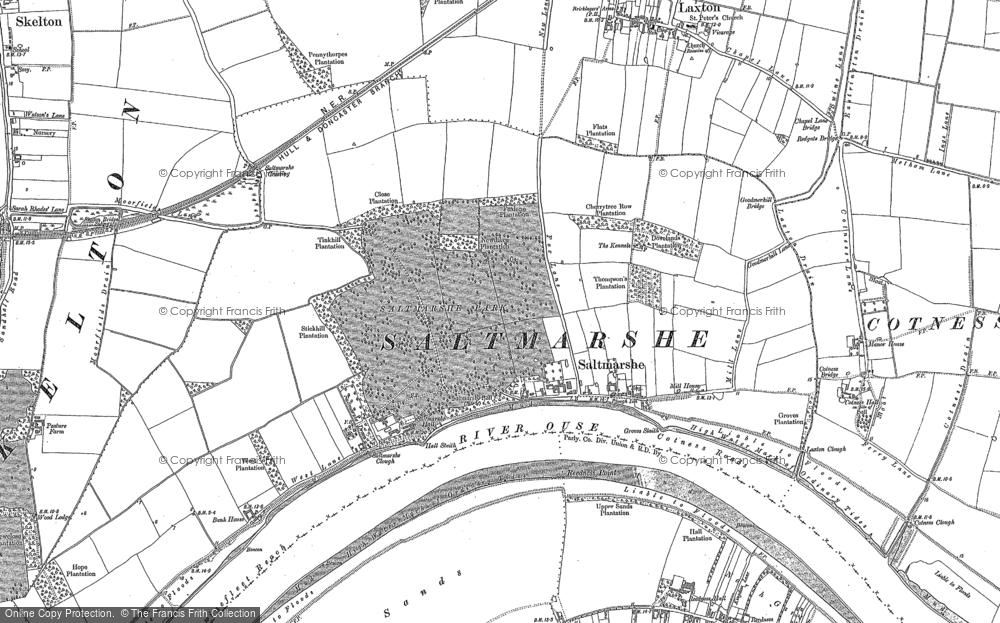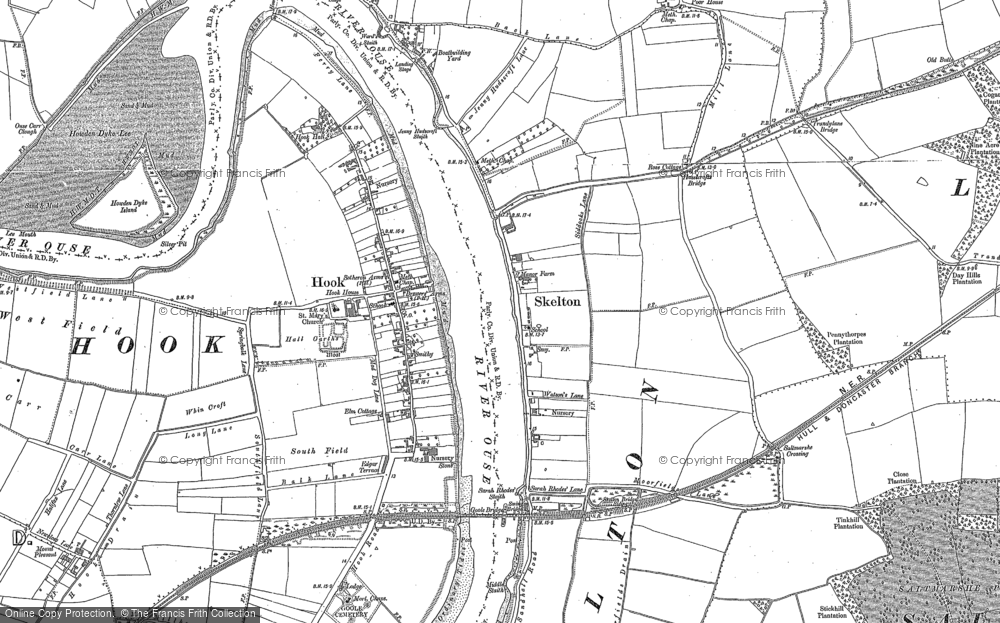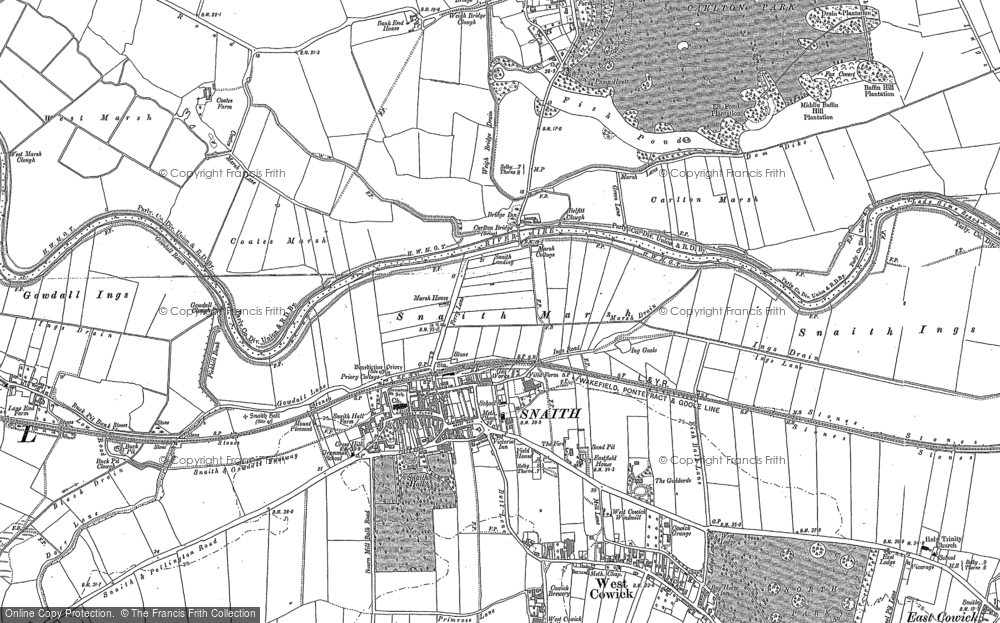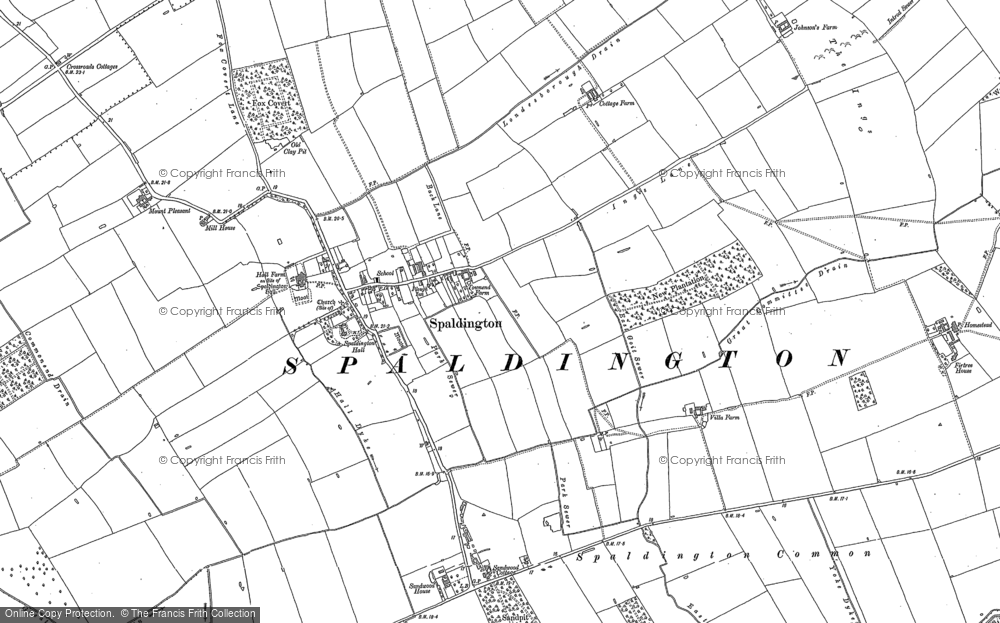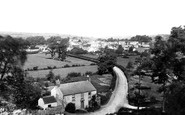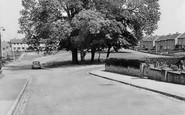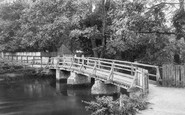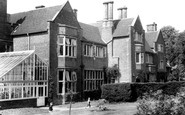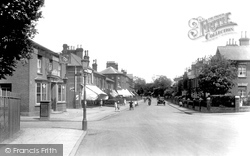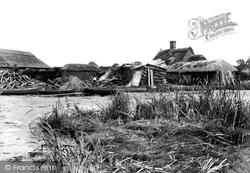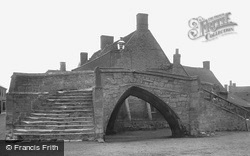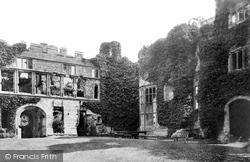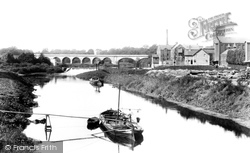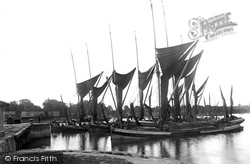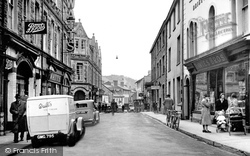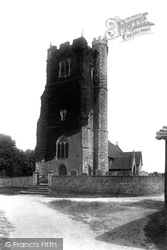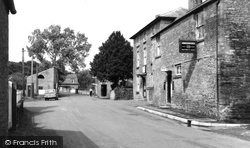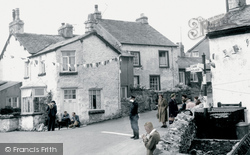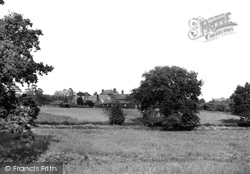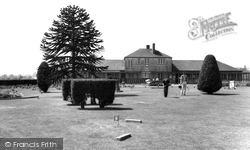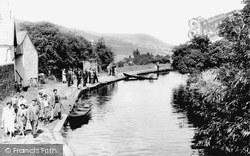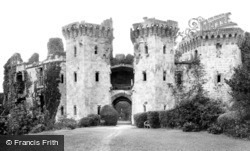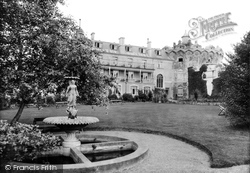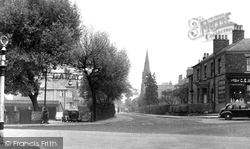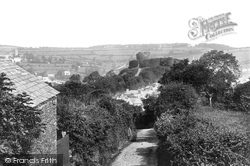Merry Christmas & Happy New Year!
Christmas Deliveries: If you placed an order on or before midday on Friday 19th December for Christmas delivery it was despatched before the Royal Mail or Parcel Force deadline and therefore should be received in time for Christmas. Orders placed after midday on Friday 19th December will be delivered in the New Year.
Please Note: Our offices and factory are now closed until Monday 5th January when we will be pleased to deal with any queries that have arisen during the holiday period.
During the holiday our Gift Cards may still be ordered for any last minute orders and will be sent automatically by email direct to your recipient - see here: Gift Cards
Places
Sorry, no places were found that related to your search.
Photos
Sorry, no photos were found that related to your search.
Maps
7,034 maps found.
Books
163 books found. Showing results 7,105 to 7,128.
Memories
22,913 memories found. Showing results 2,961 to 2,970.
Croydon Train Crash Sussex Rd Sth Croydon Oct 1947
I well remember this crash, I had just walked past where the crash happened to buy bread for my mother. I was only seven years old, but ii will always be on my mind, because ten years later my first job after leaving school was to become a signal box boy at South Croydon signal box.
A memory of Croydon in 1947 by
Childhood In War Time Silsden
I grew up in Silsden and also worked in Silsden, as a weaver at Stocks Mill. I lived at 52 New Rd or shed side, as it was known. We lived almost opposite Fletchers mill gates, in a back-to-back two bedroomed terraced ...Read more
A memory of Silsden in 1943 by
32 Maxwell Place Uddingston Bothwell
My Great Great Grandmother Mary Ann Bell (Nee Law), an American by birth, was living at 32 Maxwell Place, Uddingston, Bothwell in 1901 with her daughter Catherine Law Bell. Mary Ann was listed as a House Missionary in the census.
A memory of Uddingston in 1900 by
Lived In Old Bailey From 1934 To1956
Lived in Old Bailey, and enjoyed my life there. I went to Pontymoile School, later to Tympath Secondary Modern. Left school at fourteen and worked at Panteg Steelworks until National Service at Brecon Swab ...Read more
A memory of Pontymoel in 1940 by
Isaac And Magretta Griffiths
My grandparents, who lived in Cross Hands and later in Trimsaren until 1939, are both buried at Tabernacle, Cefneithin, along with my great grandparents, Asah and Mary Jones. My other great grandparents were David ...Read more
A memory of Cefneithin
Ellergreen And St Tessies
I went to Ellergreen in the mid 1950's, and well remember chucking stones and snow-ball fights with the kids of St Tessies, who used to call us 'College Puddings'. I remember there was a great chippie on ...Read more
A memory of Norris Green in 1953 by
My Schooldays At Caerleon Endowed School
Our family moved to Brook Cottage, Llandegveth, in about 1945 when Dad went to work for Mr Joe Shepherd at Ty Capten Farm, and my three brothers, Arthur, David Noel and I would catch the canvas covered ...Read more
A memory of Caerleon in 1945 by
St Michael's Road, Brereton
We lived at no 1 Police House, just off to the right of this photo and then in no 3, the wall of which can be seen on the right - this was the police station - a house with a small office attached. I went to the Church ...Read more
A memory of Rugeley in 1962 by
'down Yer 'wey'.
Moved to Farncombe in 1942 from Datchet, but evacuated originally from Barking, London. I remember arriving at my new home at 1 Tudor Circle. My Step-father was a fireman in the AFS, who's ...Read more
A memory of Godalming in 1942 by
Peter Marshall 58 To 65
I'm as sure as I can be, that the little boy in the picture with the black coat is me. I would have been three to four years old (depending what time of year the picture was taken). I was the youngest at the home at that ...Read more
A memory of Glenfield in 1960 by
Your search returned a large number of results. Please try to refine your search further.
Captions
9,654 captions found. Showing results 7,105 to 7,128.
Walsworth Road again, this time in 1922 and at the junction with Highbury and Verulam Roads.
A wonderful picture which shows Norfolk reeds in all stages of their growth and use: growing in the water, gathered into boats, and bundled and piled up to await transport further afield.
The town grew up at the gates of the abbey on a low island amid the surrounding marshes, receiving its charter in 1142.
The town was probably established as a port on the Wainfleet Haven by Bardney Abbey, but by the 15th century the haven silted up and the port declined.
The Pitched Stone Court at Raglan took its name from the pitching or cobbling of its surface.
Barges plied up and down the Wharfe delivering to the breweries, including John Smith's at Tadcaster, pictured here.
Defoe records that he saw 'perhaps two hundred sail of ships' lying by the town during the winter months, 'as safe as in a wet dock'.
A motorised narrow boat tows its butty along behind – on the open canal, the 'snubber' or towing rope was normally 60 feet long. They are heading south on the Grand Union Canal from Braunston Tunnel.
Builth Wells is in 'the county of rivers', and the River Wye lazily winds its way around this old spa town. Mineral waters were first discovered at Builth in the 1700s.
A fine white weatherboarded smock mill, it stands on a single-storey brick base with a stage at first-floor level and also around the cap.
The 15th-century Perpendicular west tower of the Church of the Holy Cross is remarkable for the three sculptures of heraldic lions, which crouch at the corners of the battlements.
We tend to think that castles arrived in Britain with the Norman conquerors, but, in fact, they were already in existence.
However, in the 14th century it caused some disquiet.
People are not too busy to stand in the road for a gossip. The men on the left are looking at a dog, probably a young lurcher. The bunting on the buildings would be for the 1953 Coronation.
Walsworth Road again, this time in 1922 and at the junction with Highbury and Verulam Roads.
This is another hospital recently demolished; it has been replaced by 95 homes. It was built in 1900 as a workhouse for the Hursley District Council at the northern end of Hursley Road.
Here we are looking at shops on the side opposite the Parade.
Here we have another view of the pavilion and miniature golf course at Fleming Park, where there were also football, rugby and hockey pitches and tennis courts.
The landlords of the Bridgend Inn, the rear of which is on the left, were George and Betty Dobson, and the busy boat hire business operating from the hut further down the towpath was owned by a Mr
Perched on the summit of Ludgate Hill at almost the highest point in the City,Wren’s masterpiece is the pride of London.
These features included a tower-keep separated from the rest of the castle by its own moat, multiangular towers, and ornate machiolations of the type seen here adorning the tops of the hexagonal corner
The Redcliffe had a hydropathic plunge bath on the seaward side of the building, connected to the house by a subway that filled with seawater at high tide.
Within 20 years, well-to-do commuter communities had sprung up along the lines; indeed, Alderley Edge village itself did not exist before the trains came - it is a Victorian creation dating from
The road curving up to the left of the castle is Roydon Road, known at this time as Zulu Road.
Places (0)
Photos (0)
Memories (22913)
Books (163)
Maps (7034)


